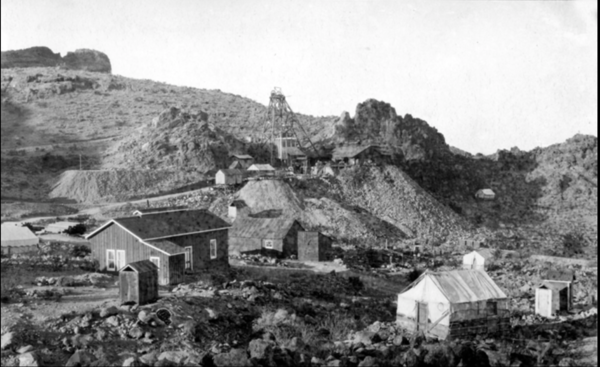
Capturing the Wealth of Nature
To economists and policy makers, the term “New West” describes a region that is experiencing increasing demand for amenities from natural resources—demand for more open space, scenic beauty, and relatively untouched landscapes.1 The “Old West,” in contrast, was based on demand for commodities such as timber, agriculture, and minerals. The Old West is illustratedContinue reading "Clean Air, Expensive Houses"
Read more












